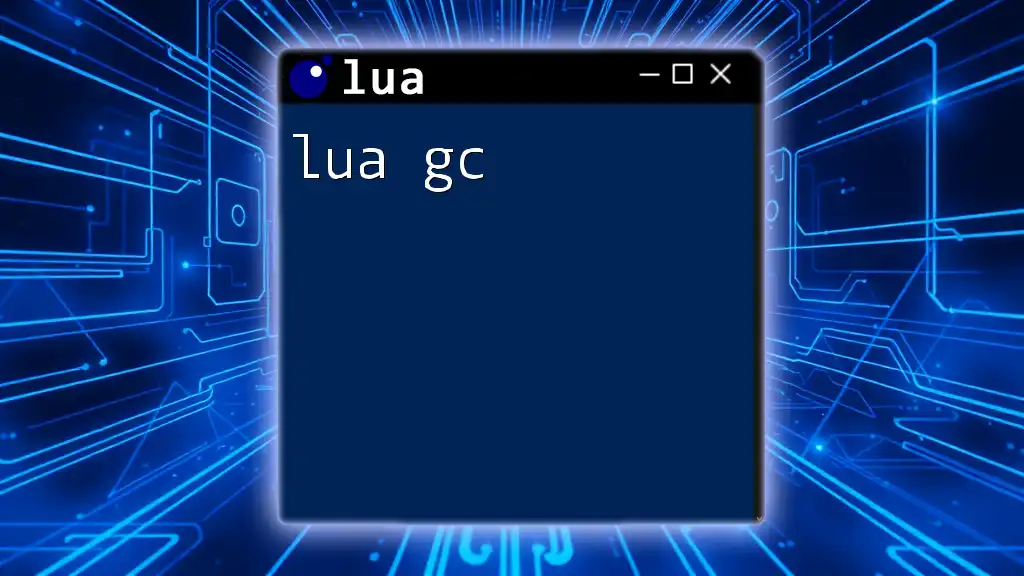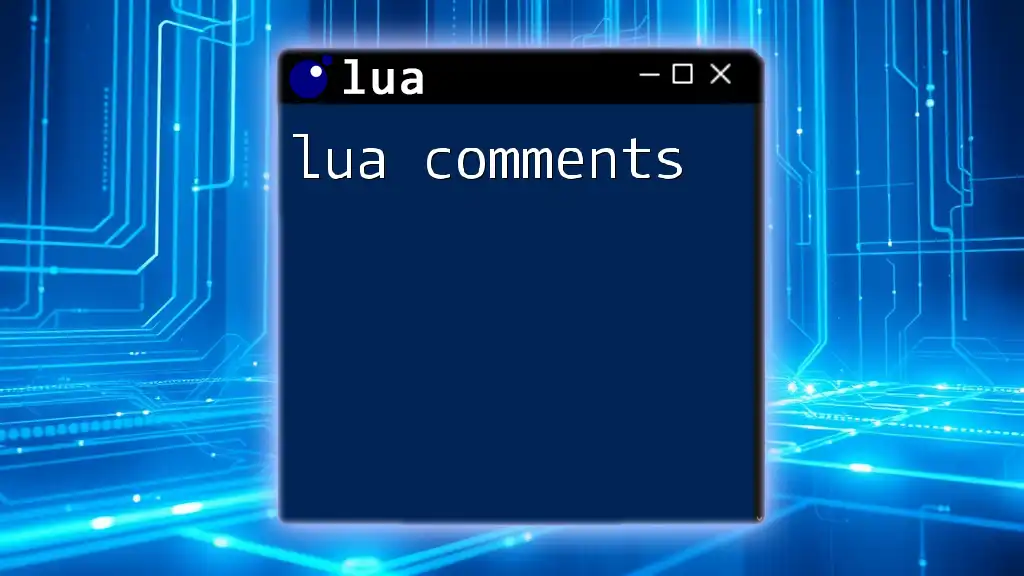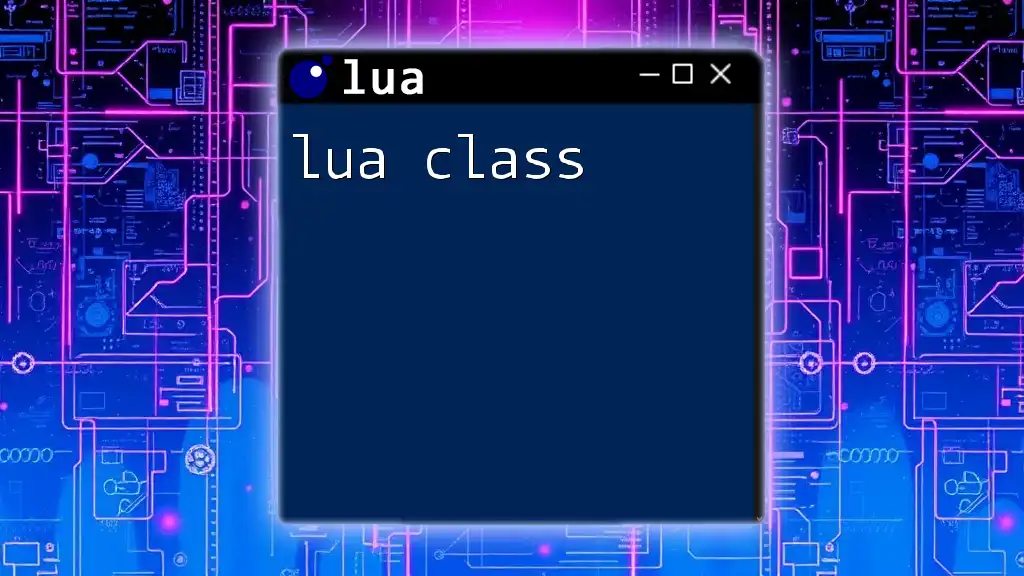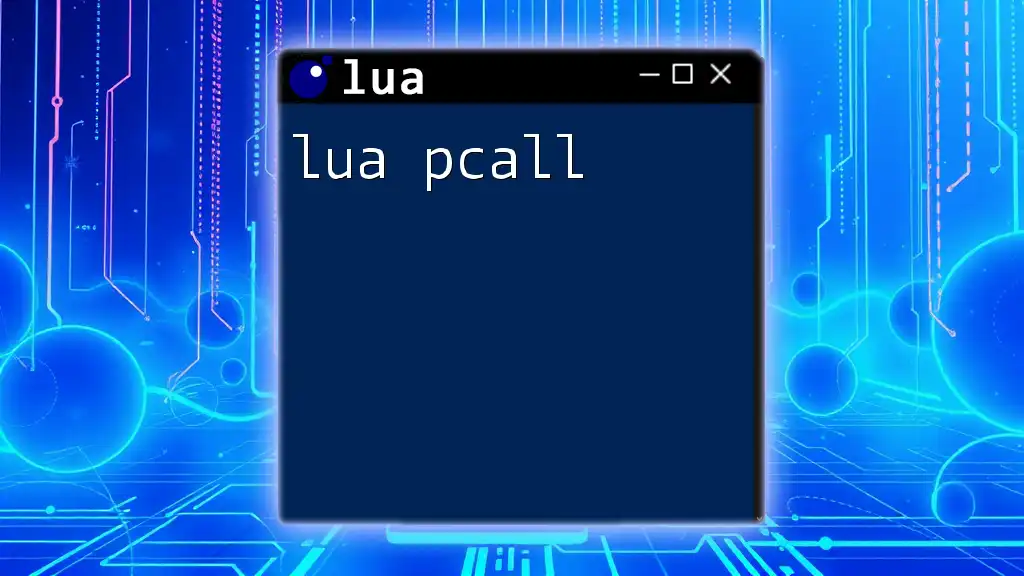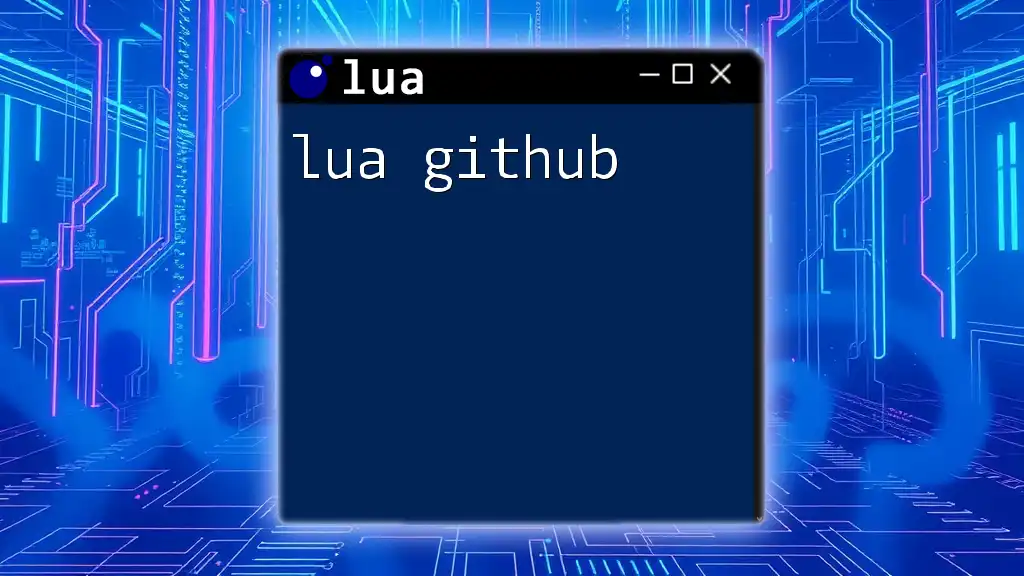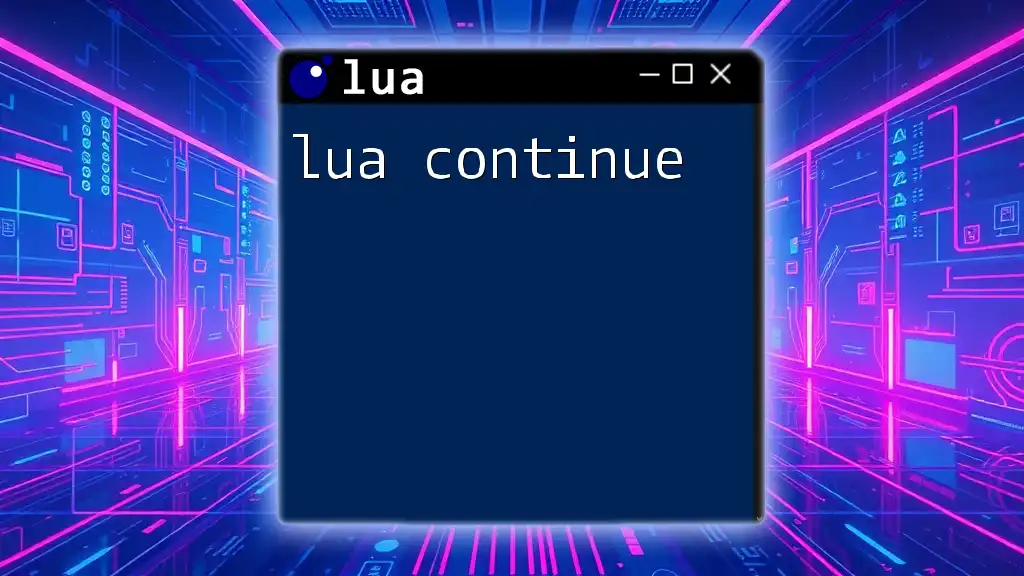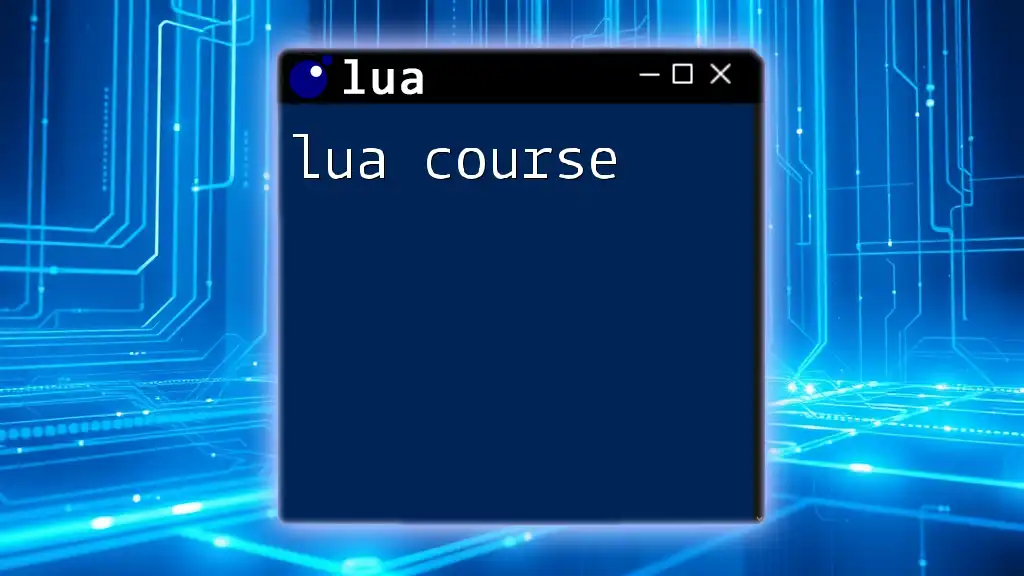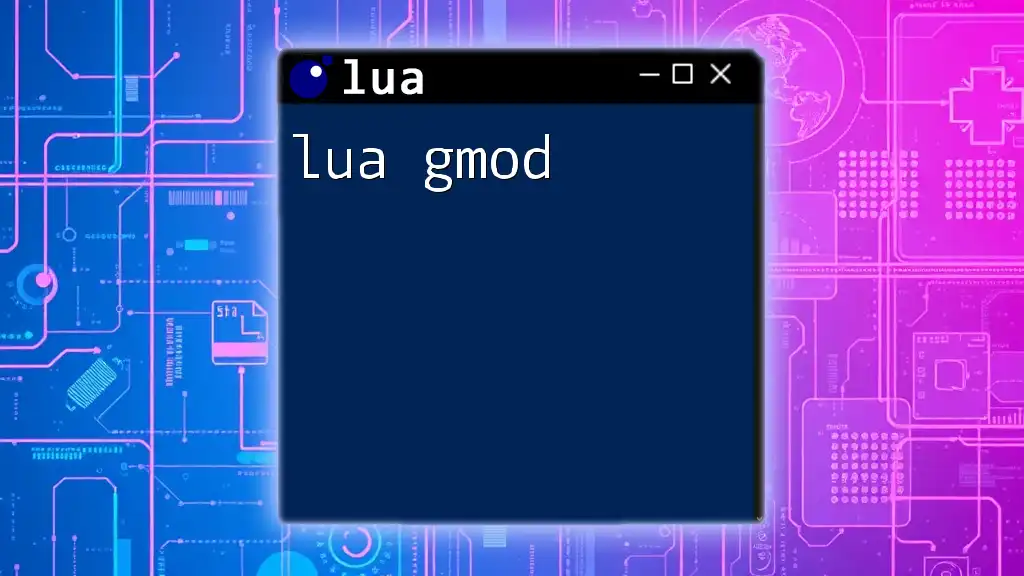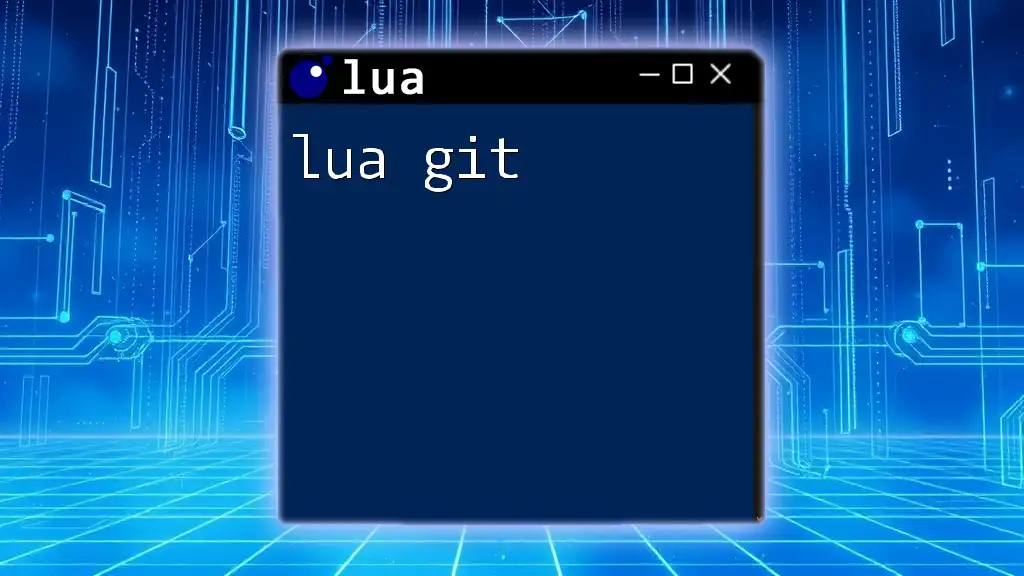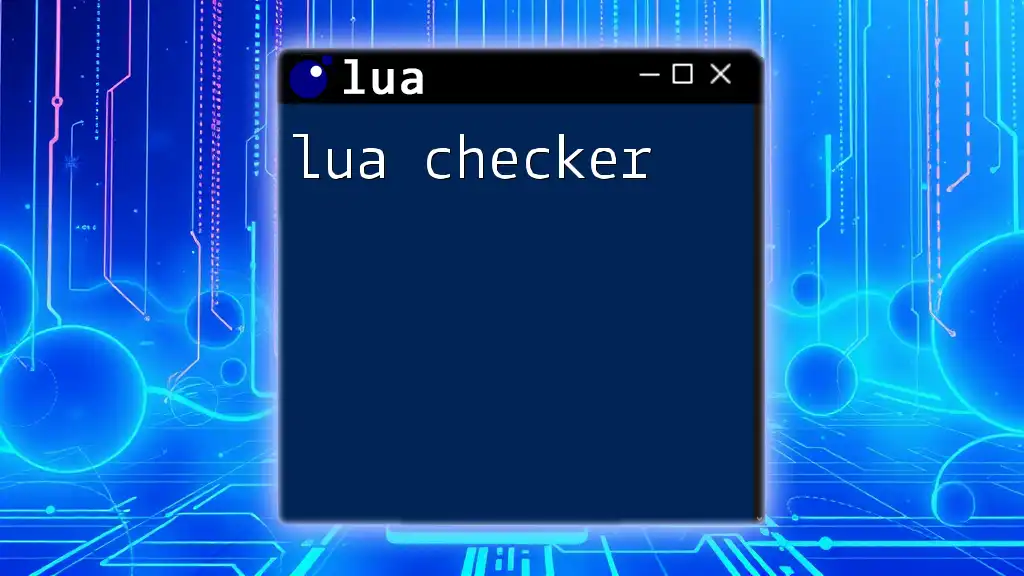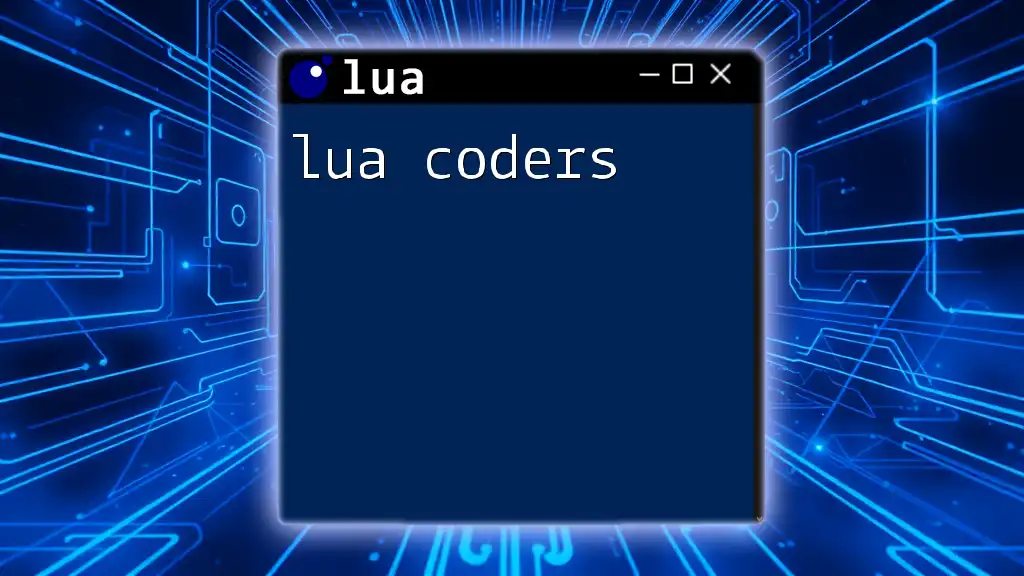Lua's garbage collection (gc) is an automatic memory management feature that helps reclaim unused memory, ensuring efficient resource use in programs.
Here's a simple code snippet demonstrating how to trigger garbage collection in Lua:
-- Force a garbage collection cycle
collectgarbage()
Understanding Garbage Collection in Lua
What is Garbage Collection?
Garbage collection refers to the automatic process of identifying and reclaiming memory that is no longer in use. In programming, memory management is essential as it ensures efficient use of resources and limits memory leaks. With garbage collection, developers can focus on their code without worrying about freeing up memory manually.
In high-level languages like Lua, automatic garbage collection simplifies memory management and enhances performance by preventing uncontrolled memory usage, which can lead to application crashes or slowdowns.
How Lua Implements Garbage Collection
Lua uses a sophisticated memory management model that relies on garbage collection to handle memory. The garbage collector in Lua is designed to track memory that is no longer reachable or needed, freeing it up for future use.
Lua employs a generational model for garbage collection, where it assumes that most objects die young. The garbage collector separates objects into two generations: new objects and old objects. This approach allows for efficient cleanup of temporary data while maintaining performance for long-lived data.
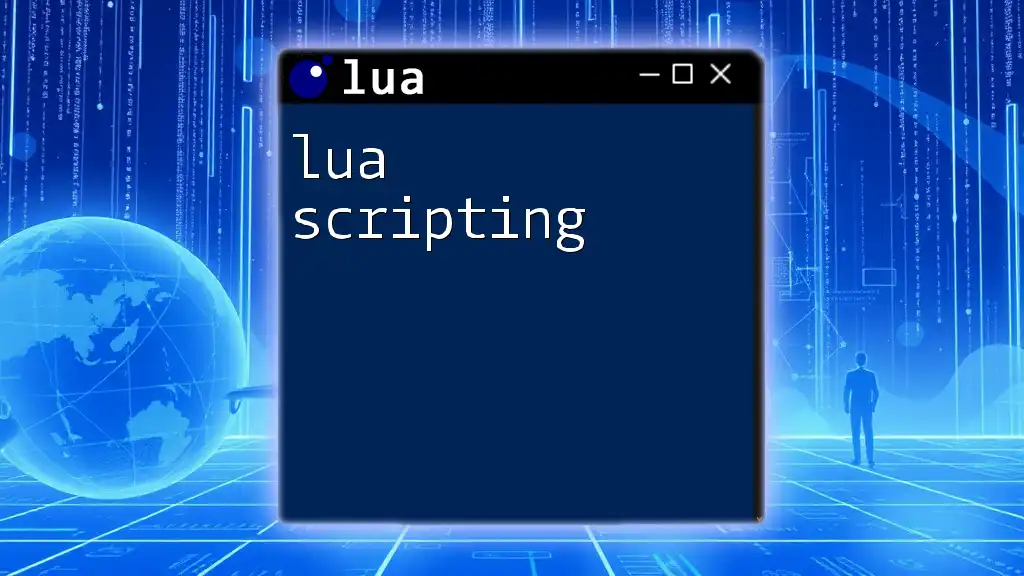
The Lua Garbage Collection Mechanism
Basic Concepts
Garbage collection in Lua operates through distinct Garbage Collector States. These states include:
- Stop: The garbage collector is not currently running.
- Running: The garbage collector is actively collecting garbage.
- Enabled: The garbage collector is allowed to operate.
- Disabled: The garbage collector will not collect garbage until it is enabled again.
Lua uses mark-and-sweep as its primary garbage collection method. During the mark phase, the collector marks all objects that are still reachable from active references. In the sweep phase, it removes unmarked objects, reclaiming their memory.
Key Functions and Commands
Collecting Garbage with `collectgarbage`
The function `collectgarbage` is the central command for managing garbage collection in Lua. You can use it to collect garbage manually or modify the garbage collector's settings.
To trigger garbage collection, you can simply run:
collectgarbage() -- Initiates the garbage collection process
This command invokes the garbage collector, which will clean up unused memory and optimize performance.
Getting Garbage Collection Information
You can gain insights into memory usage by passing specific commands to `collectgarbage`. For example, you can retrieve memory statistics with:
local mem_usage = collectgarbage("count")
print("Memory usage in KB: " .. mem_usage)
This command returns the amount of memory currently in use by your Lua program in kilobytes, helping you monitor how your program uses memory over time.
Tuning the Garbage Collector
Modifying Garbage Collection Parameters
To enhance the garbage collector's performance, Lua allows you to adjust certain parameters, such as `setpause` and `setstepmul`. These parameters control how the garbage collector behaves during operation.
You can set the pause and step multipliers as follows:
collectgarbage("setpause", 110) -- Set pause to 110%
collectgarbage("setstepmul", 200) -- Set the step multiplier to 200%
Adjusting these values can optimize the frequency and duration of garbage collection cycles, which is crucial for performance tuning in larger applications.
Monitoring and Adjusting Performance
Regular monitoring and tweaking of settings are vital for applications that handle a lot of data or have a high object turnover. Performance tuning can dramatically improve responsiveness, ensuring your application runs smoothly without excessive memory usage.
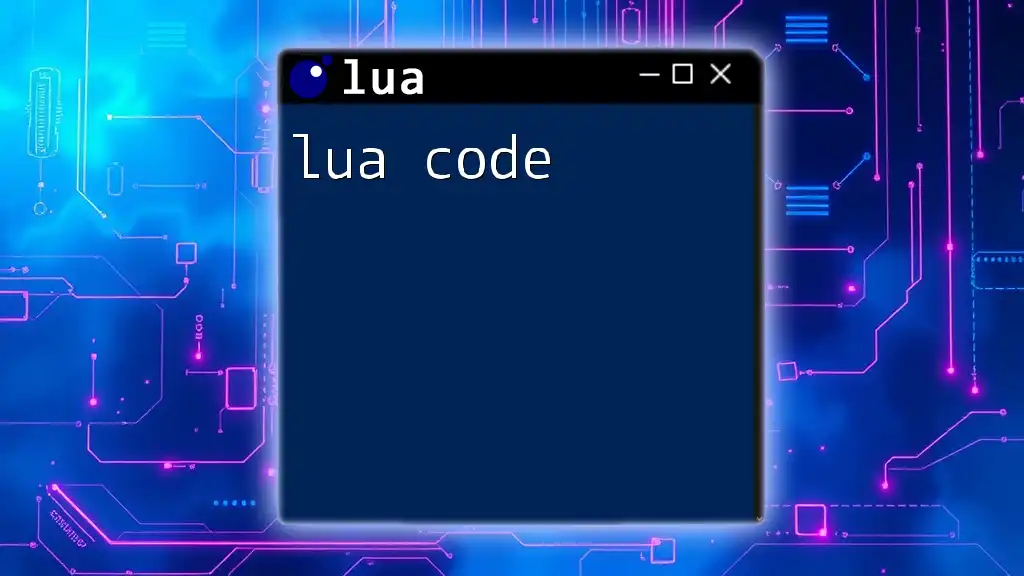
Common Garbage Collection Issues
Memory Leaks
A memory leak occurs when memory that is no longer needed is not released back to the system. In Lua, this can happen when references to objects remain unintentional due to circular references or global variables.
To identify potential memory leaks:
- Profile your Lua application regularly.
- Monitor memory usage patterns over time and look for abnormal growth.
Performance Bottlenecks
Performance issues can arise when excessive allocations strain the garbage collector. Common causes include allocating memory in tight loops or frequently creating short-lived objects.
To optimize performance, focus on:
- Reducing the frequency of allocations by reusing objects where possible.
- Avoiding unnecessary global variables and cycles in object references.
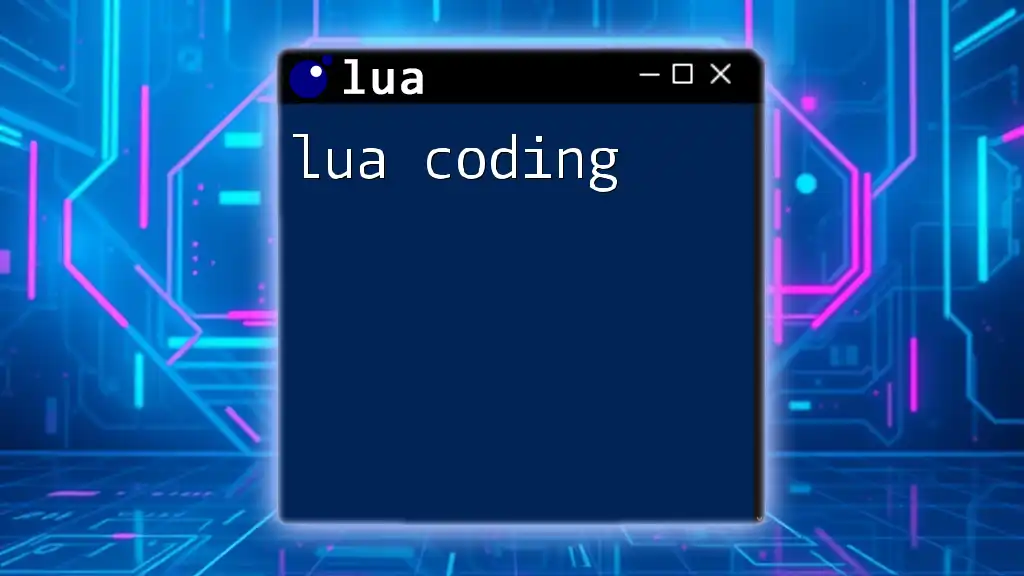
Best Practices for Using Garbage Collection in Lua
Efficient Memory Management
Writing memory-efficient Lua code is crucial to preventing garbage collection overload. To achieve this:
- Minimize unnecessary object creation: Reuse existing objects instead of creating new ones.
- Use local variables: Local variables are faster and occupy less memory than global variables.
Using Weak Tables
Weak tables are a powerful feature in Lua that allows you to create tables where values can be collected by the garbage collector if there are no other references to them. This can significantly reduce memory footprint and avoid memory leaks.
Example of creating a weak table:
local weakTable = {}
local weakTableWithWeakKeys = setmetatable({}, {__mode = "v"}) -- Weak values
This approach is particularly useful for caching mechanisms or observing shared resources without holding onto memory unnecessarily.
Profiling and Debugging
To effectively manage garbage collection, use profiling tools that visualize memory usage and help identify bottlenecks. Libraries such as Lua Profiling can assist in obtaining detailed insights into how memory allocation is affecting your application.
Incorporating these practices into your coding routine will support optimal performance while using Lua, ensuring that your applications remain efficient and responsive.

Conclusion
In conclusion, understanding and effectively managing garbage collection in Lua is crucial for creating robust applications. From manually invoking the garbage collector to tuning its settings and following best practices, developers can achieve efficient memory management, preventing common pitfalls like memory leaks and performance bottlenecks.
By implementing the strategies outlined in this guide, you can harness the power of Lua’s garbage collection features, enabling you to write cleaner, more efficient code that performs well under various workloads.

